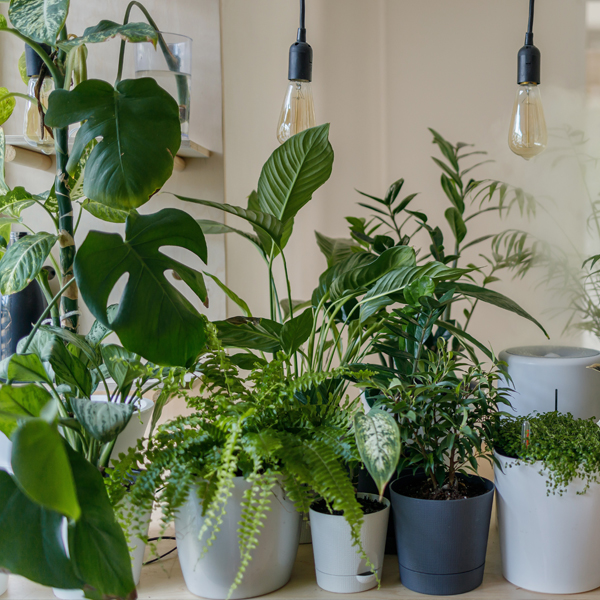Things You Can do in Nature
As a doctors who really enjoy prescribing nature, we find that spending time outside makes the experience of prescribing to our patients more meaningful, not just in discussing the positive benefits but also in being able to find solutions for obstacles, such as rain and cold weather.
Even though there are hundreds of studies published on the benefits of spending more time in nature to improve health, there is no substitute for sharing your own personal experience. The power of telling your story, or bringing your story to the patient visit carries a lot of weight. Our patients are very curious to know what we as healthcare professionals do in our personal lives.
Believing in science is one thing. Acting on that science is another. Your story, along with your discussion of the science that backs up nature's benefits, is powerful. The synergy of science and the story helps motivate others to do the same.

Walk
Doing something as simple as taking a walk, especially where there are trees, leaves rustling, birds, squirrels, butterflies, or water, puts most of us in a better mood. Because we've evolved outside, there's nothing more natural than to be outdoors.

Experience nature indoors
Not everyone is comfortable or physically able to experience nature outdoors. Sometimes the weather is just too cold, too rainy, or too hot to venture outside. Fortunately, there are still things you can do indoors to experience nature and its benefits.
For instance, you can grow and tend houseplants. If you're fortunate enough to work in a building with windows, consider taking a few minutes every day to notice what's happening outside that window. You may notice changes in the sky, clouds, sun, and light. You may also notice what's in motion on the other side of that window, like branches, leaves, squirrels, and birds. You might consider keeping a daily log, sketching, or taking photos of what you notice.
If your workplace doesn't already have them, consider placing photographs of nature on your walls, and maybe even piping in sounds of nature into your work area. If within your budget, you may even consider a living wall.

Take a real lunch break
If you happen to be using your lunch to finish charting, or calling the hospital to speak to a colleague about a patient, or watching a webinar, please consider going for a walk and leaving the office, even if only for 20 minutes. This might be your only chance during the workday to refresh, rejuvenate, and recover from the stress of the first half of the day. Please consider even a 10 min walk and sit-spot to minimize the stresses of your work day.

Sit-spot
Another activity to consider to enhance your own personal understanding of nature and health, is to do something often referred to as a sit-spot. Find a spot, preferably outside, where you feel safe and comfortable and spend a few minutes, with no other expectations, except to notice. The easiest and most natural thing for you to do is to focus on your senses, preferably one at a time.
While outside, I invite you to close your eyes, and listen to the sounds, both near and far. Take a deep breath, and notice the rise and fall of your chest. Gently turn your head in different directions, and continue to notice the smells around you. Notice the temperature on different parts of your body. You might even notice your own pulse or heartbeat through your chest, or tingling sensation in your fingers or toes. You might feel warmth or coldness. Regardless of what you notice, this is a moment to practice non-judgment.
In mindfulness practice, this is often referred to as equanimity. This entire sit spot may take 5 to 15 minutes. Even a few minutes makes a measurable difference to most who practice sit-spot.

Nature therapy walk
If you're a bit more inclined, and can schedule 2 1/2 hours, perhaps on a weekend, you might even consider a nature and forest therapy walk. Like many others, I have also decided to become a certified nature and forest therapy guide. These walks are not so much about exercise, as they are about engaging your senses with a guide, who provides "invitations." This can be done one on one, but it's often done in a group setting.
After each invitation to engage your senses, the group comes together in a circle, to share those experiences in a non-judgmental fashion. In this experience, Nature is the therapist, and the guide merely there to provide structure and safety to the experience.
I have been a participant as well as a guide, and can attest to the value of this kind of experience. You can find more information about this by visiting natureandforesttherapy.earth

